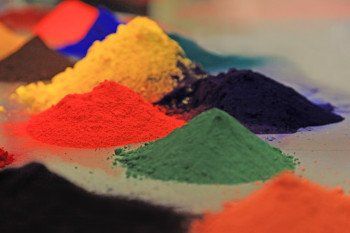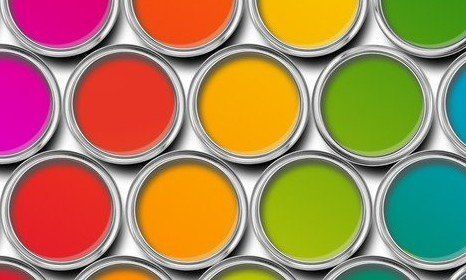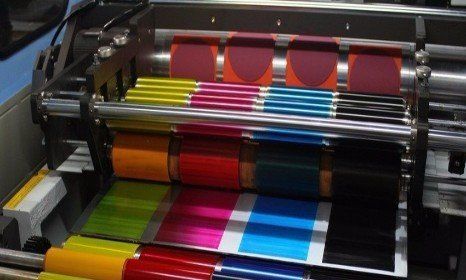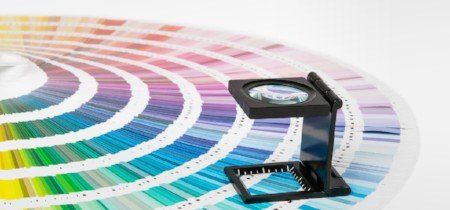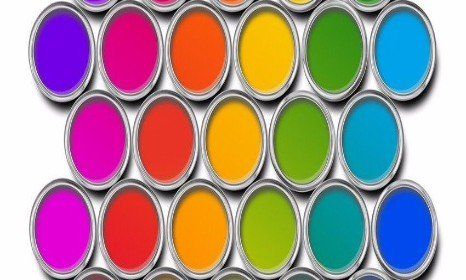Ink: What is it and how is it produced?
- By Centre Colours
- •
- 09 Oct, 2018
- •

You may not realise it, but most of us rely on ink every single day. Whether you’re signing birthday cards with a pen, printing important documents at work, or getting a tattoo, ink has many important functions that we often take for granted.
Everyone’s heard of ink, but how many people actually understand what it is? We’ve put together a basic guide with everything you need to know.
What is ink?
Ink is a liquid used to add colour to a surface. It is often used for drawing and writing and is a crucial component in the production of image and text. Ink has been used throughout history, and was originally produced using plant dyes, tree resin, soot, minerals and animal tissue, among other ingredients.
What is ink used for?
Ink can be used across a broad range of applications. It can be used to print newspapers, paper currency and marketing materials, but also has many other uses. The methods and ingredients involved in the production of ink help to determine how it will be used. For instance, pharmaceutical ink - which is water-based and can be swallowed - is used to label medication. Tattoo ink, on the other hand, can be used to permanently dye people’s skin.
How is ink produced?
Today, ink is made with a combination of pigments, dyes, solvents, surfactants, and many other factors. Pigments and dye provide the foundation for ink during the production process, and can be used to create many different types of ink.
Pigments are soluble particles used to impart colour. They must be added to the ink carefully to make sure that they don’t remain separate and can achieve a solid, even colour. In contrast, dye is a soluble product, and imparts its colour by being absorbed by the ink.
Once they have been selected and prepared, the chosen pigments and dyes are then combined with a range of other ingredients. These will depend on the purpose of the ink, but may include water, alcohol or solvents. The solution is then heated in a vessel until it has fully dispersed, and may be filtered once more to ensure the ink is smooth enough.
Centre Colours: Your choice for bespoke pigment dispersions
Effective pigment dispersion is crucial to creating high-strength colours for ink and paint products. At Centre Colours, we’re committed to producing bespoke pigment dispersions to the highest standard, and understand exactly what it takes to achieve a first-rate result.
We’re an independent dispersion house in Leeds catering to clients in the ink, paint and coating industries. We work with companies of all sizes, and can create bespoke pigment dispersions or improve existing formulations. Whatever you need, please don’t hesitate to get in touch with Centre Colours for more information today.





